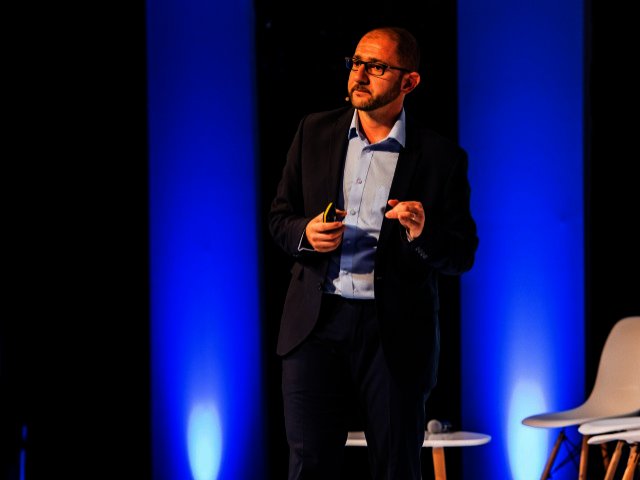With technological disruption around just about every corner, an economy in flux, and customer behaviour changing as rapidly as it is, one thing is for certain in today’s economic climate; it’s that nothing is for certain.
Agile, then, a set of principles and practices designed to drive business agility and to adapt to changing market conditions, is a powerful tool for any organisation that can implement it successfully. “Unfortunately, many organisations that have adopted Agile are challenged with changing the culture and mindset that is required to adopt this approach,” says Biase De Gregorio, head of Agility at IQbusiness.
“As much as 72% of organisations adopt Agile in the hopes of accelerating speed-to-market, 21% of respondents saw no improvement in their organisations,” notes Biase, who was discussing the findings of the 2017 Agile Report to a room of eager participants – among them, industry leaders and Agile experts. “What Agile does do is improve an organisation’s ability to make better decisions and to drive the most value for stakeholders; that is speed in a sense, but it isn’t intended to accelerate product delivery.”
“Speed,” Biase says, “is not good for business if it means compromising on the quality of the product delivered.” What organisations need is a combination of speed and direction. Direction can include any operational process or assurance where a standard of quality is met. “What do you get when you combine speed and direction? You get velocity. That’s something businesses should aim for,” argues Biase.
Locally, it’s smaller organisations that are taking Agile in their stride. 33% of smaller organisations that responded to the survey have adopted Agile for five years or more, while medium to large organisations have adopted Agile for five years or more at 18% and 17% respectively. Large organisations even report that they feel pressured into adopting Agile, citing the fear of missing out or the advantage it may be giving their competitors, but have realised benefits even if the adoption is challenging.
As already indicated, this is a change exercise, and change is hard, however, organisations need to embrace change to achieve the benefits that Agile offers.





